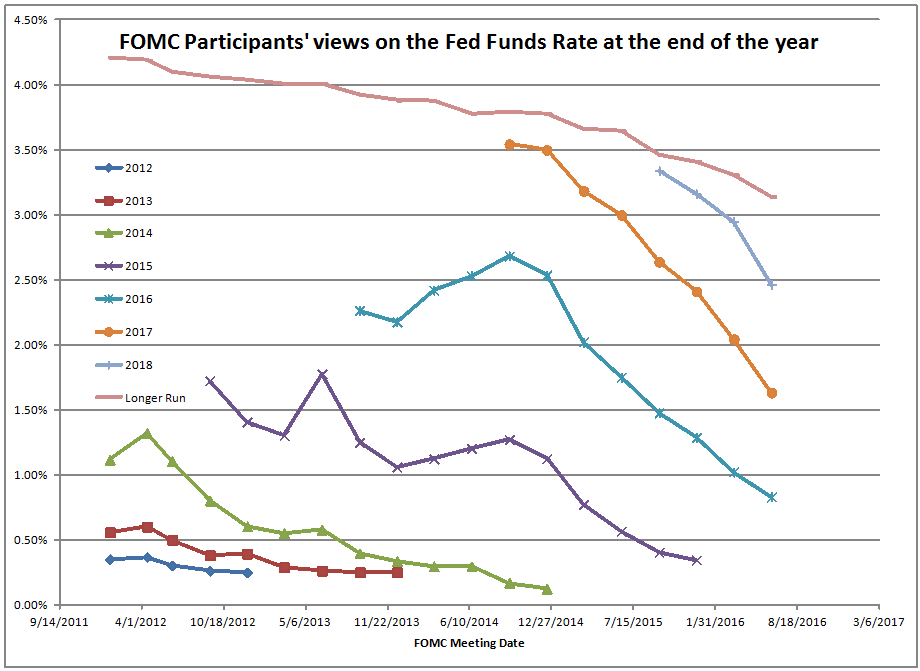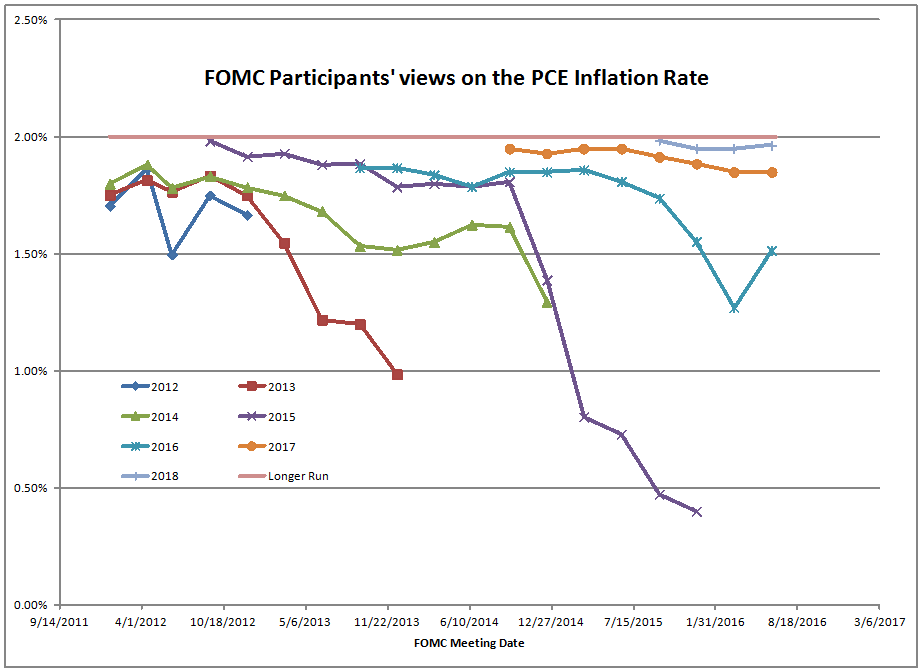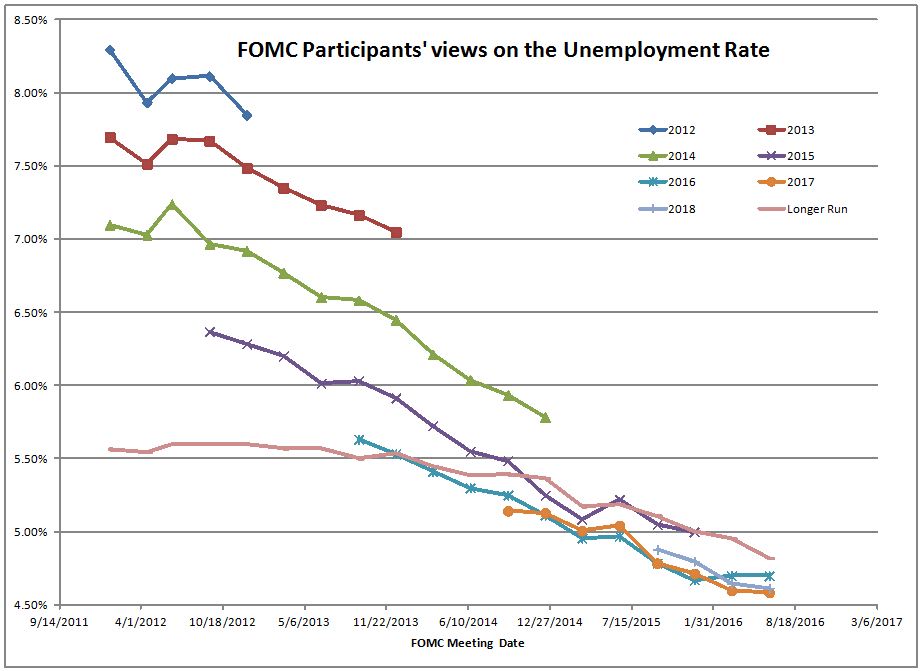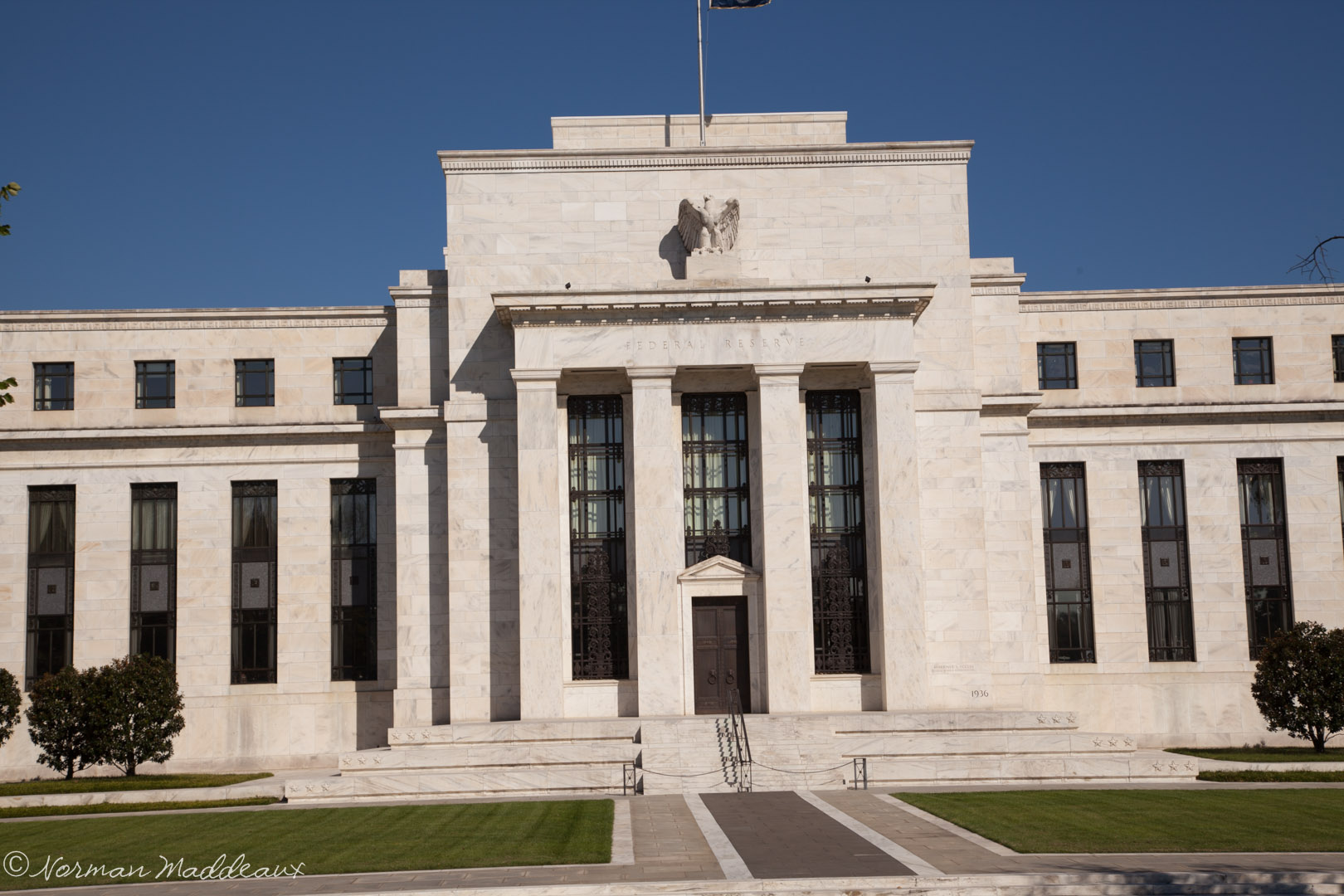On the Decline of Lifestyle Employment

=====================
Industries come and industries go. Jobs come and go, and they morph. ?Perhaps we should take heart that politicians don’t change. ?Most still think that certain types of jobs need to be preserved and protected. ?Also, politics doesn’t ever seem to have productivity improvements, such that the same things could get done (or not) with fewer people.
Looking at the history of the past 200 years, and the?jobs that existed then and exist now, you would conclude that less than 10% of people working in the US today occupy jobs remotely similar to what was done 200 years ago. ?(I exclude homemakers who do valuable work for their households that is blissfully untaxed.)
There are places that had prosperity for a time because an industry grew large, and then that industry went into decline, or at least, increased labor productivity reduced employment in that industry. ?I’ll toss out a few:
- Agriculture generally
- Coal mining
- Iron ore mining
- Steel
- Auto production
- Construction
- Newspapers
- Magazines
- Bookstores
- Textiles
- Telephones
- Apparel
- Family farms
- Many industrial jobs
The last two are notable for the passion that they generate. ?Politicians will say that family farms have to be protected and that we need more good industrial jobs. ?Both are hopeless causes. ?Farms benefit from scale in general, though small farms can do well if they have a specialty where?people are willing to pay up to gain the quality of the product.
Industrial employment is going down globally. ?The application of information technology to industrial processes allows as much or more to be made, while hiring fewer workers.
The politicians may as well beg that we could stop time or reverse it. ?Absent some astounding catastrophe it is hard to see how productivity would decline such that more workers ?are needed in industrial jobs. ?”Ned Ludd” lost that war over 200 years ago.
Politicians might be able to shift where jobs are located, but not the total amount that gets produced or the number hired globally. ?Anytime you hear them say that they will increase the quantity, quality or pay of jobs, it is best to ignore the politicians. ?They are?promising something that they can’t control. ?The same is true of central bankers; if they can do anything about the number of jobs, it is highly transitory, as policy loosens and tightens; jobs flow and ebb.
Anyone looking seriously over the last 200 years should conclude that in this modern world with the extended division of labor that jobs will continue to morph, appear, and disappear. ?The internet has led to the disappearance and creation of many jobs, and I don’t think that that trend is complete yet.
My best advice to you is this: learn, grow, be flexible, and be willing to work in ways that you never imagined. ?The clock will not be turned back on technology, which is the main factor affecting employment. ?You must be your own defender, because the factors affecting employment are bigger than that which governments can control. ?Finally, as an aside, don’t trust the politicians (from any party) who say they will improve your economic prospects. ?Aside from reducing what the government does, they haven’t succeeded in the past; they will not succeed in the present.



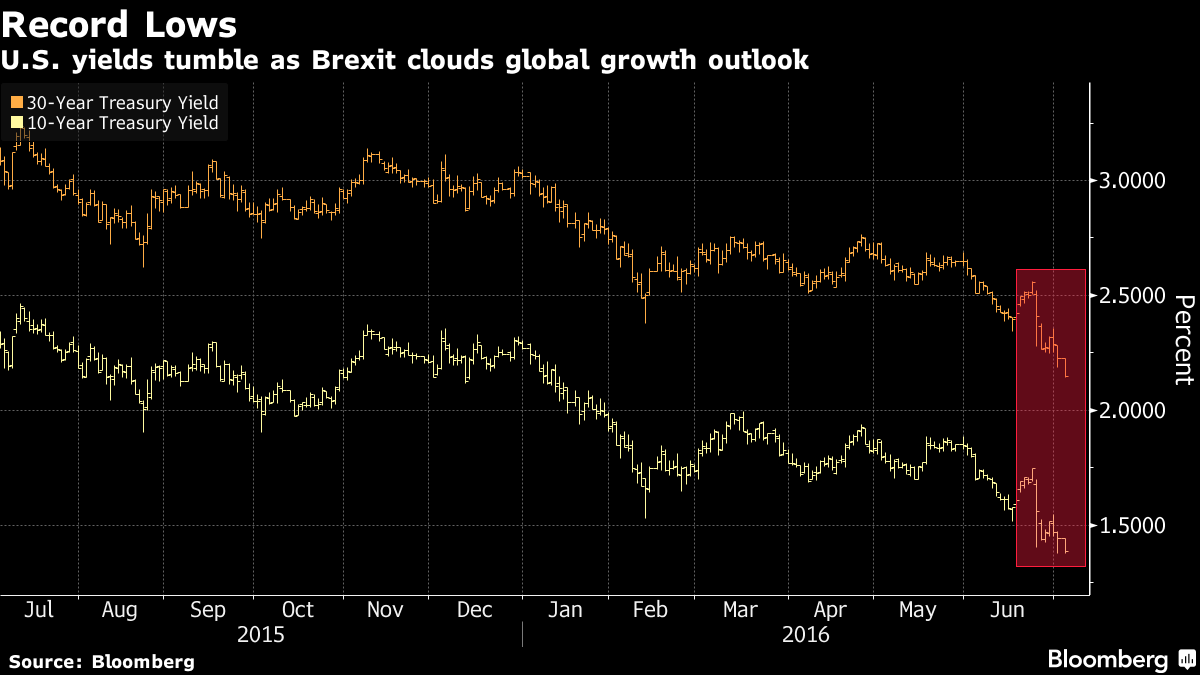
![Picture Credit: Peanuts Reloaded || Perhaps today Brexit; Monday an exit from Italy or Spain; [then] Europe dismantles](http://alephblog.com/http://alephblog.com/wp-content/uploads/2016/06/27818910396_39d46df053_o.jpg)
